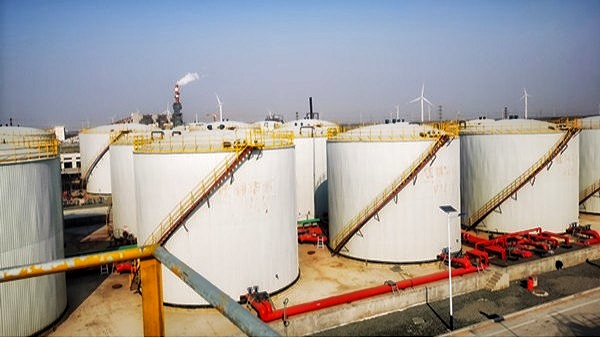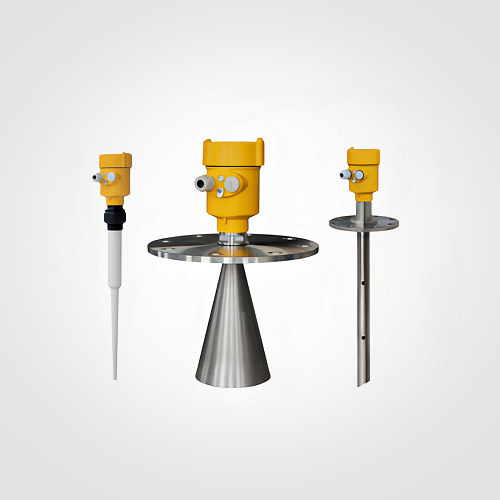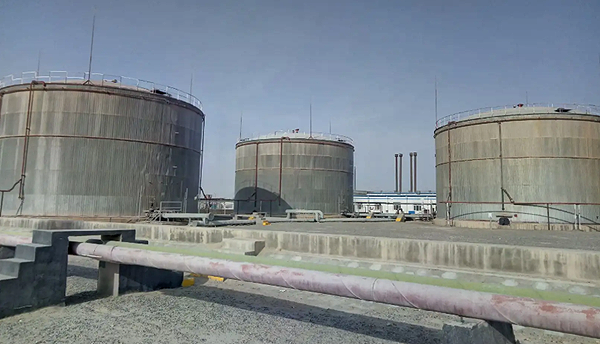BETTER TOUCH BETTER BUSINESS
Contact Sales at KAIDI.
The radar level antenna transmits narrow microwave pulses, which are transmitted downward through the antenna. Microwave contact with the surface of the measured medium is reflected back again by the antenna system receives, the signal will be transmitted to the electronic part of the automatic conversion of level signals, because the microwave propagation speed is extremely fast, the electromagnetic wave reaches the target and by reflection back to the receiver the time used in this back and forth is almost instantaneous.

(Image Source: Internet)
Radar level meter is suitable for non-contact continuous measurement of liquid, slurry and granular material level, applicable to occasions with large temperature and pressure changes, and occasions with inert gas and volatile. It adopts microwave pulse measurement method, which can work normally in industrial frequency band. Due to the low energy of the beam, it can be installed in all kinds of metallic and non-metallic containers or pipelines, which is harmless to human body and environment. But its measurement accuracy is also affected by some factors, such as current.
There are two kinds of current that affect the measurement accuracy of radar level meter:

The first is AC interference, which can be divided into ground-to-ground interference and interline interference. Ground interference refers to one end of the two outputs of the radar level meter, the AC voltage to ground is called the ground interference voltage. This type of interference is also known as longitudinal, series mode or series state interference. In general, the interference voltage to ground can be up to several volts or even more than 100 volts. Interline interference is an AC voltage that occurs between the outputs of the radar level indicator under the influence of the outside world, and this interference is also known as transverse, common mode or common mode interference. Generally speaking, the interference voltage between the lines can reach several millivolts or even tens of millivolts. The main sources of AC interference are: electromagnetic induction is the main source of interference between the lines, high temperature leakage, high voltage electric field interference, ground current interference, inhalation leakage, AC interference can also be introduced in the equipment temperature measurement, charged body.

(Image Source: Internet)
The second type is DC interference, which occurs when there is an additional DC current voltage in the measurement loop of the radar level meter. In serious cases, the measuring instrument will not work properly. The sources of DC interference include additional thermal potentials, chemical potentials, and when the radar level meter is in contact with the DC power supply, the leakage current will generate an interference voltage through the measuring circuit.
We are here to help you! If you close the chatbox, you will automatically receive a response from us via email. Please be sure to leave your contact details so that we can better assist